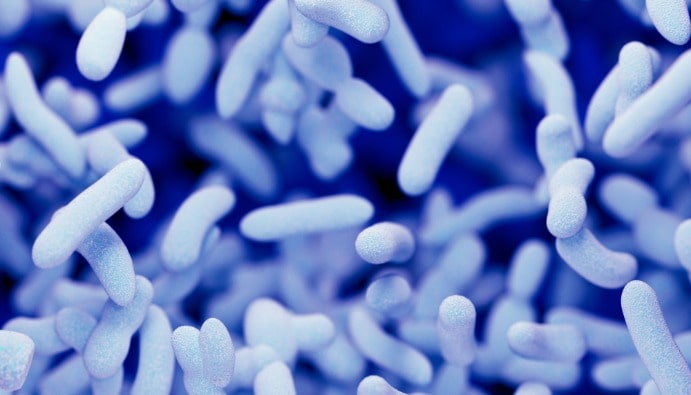Legionella Bacteria Analysis: Health Risk in Water Systems
What You Need to Know About Legionella Analysis in Water Systems...

What is Legionella Bacteria?
Legionella is a type of bacteria that can spread in aquatic environments and multiply in relation to warm water. This bacterium multiplies rapidly in humid environments, especially in the temperature range of 25-45°C. Legionella can spread directly into water and can be transmitted to humans through water vapor. These bacteria, which enter the human body through respiration, can cause Legionnaires' Disease, especially by causing infection in the lungs. Legionella bacteria can also cause Pontiac Fever, a milder disease.
Legionella bacteria occur naturally in rivers, lakes, thermal waters, muds and spring waters. There are more than 40 varieties in nature.
Legionella Disease
Legionnaires' Disease usually presents with the following symptoms
- High fever
- Shortness of breath
- Cough
- Muscle aches
- Headache
Failure to treat the disease can lead to serious health problems and even death. Therefore, early detection and control of the presence of Legionella in water systems is of great importance.
Legionella Bacteria Analysis Methods
Analysis for Legionella bacteria is usually done using microbiological tests. These tests include various methods to determine the presence of Legionella in water samples:
- Culture Method: The culture method is one of the most widely used methods for detecting Legionella bacteria. In this method, water samples are cultured on selective media and bacterial growth is observed. Legionella bacteria usually multiply in an environment suitable for temperature and humidity conditions. This method helps to determine the number and type of bacteria.
- PCR (Polymerase Chain Reaction) Method: The PCR test is used to detect the genetic material of Legionella bacteria. In this method, bacterial DNA is isolated and amplified, thus confirming the presence of the bacteria. PCR is a rapid and sensitive method that targets specific genetic markers of the bacteria.
- ELISA (Enzyme-Linked Immunosorbent Assay) Method: ELISA is another test used to determine the presence of Legionella bacteria. This method uses special antibodies that react with the water sample. ELISA is particularly effective in identifying certain strains of Legionella.
- Flow Cytometry: This is another rapid analysis technique used to detect Legionella bacteria. Flow cytometry uses light scattering and fluorescence to microscopically detect and quantify the bacteria.
Which Water Should Be Tested for Legionella Bacteria?
- Hammam, spa, swimming pools, hot springs
- Water systems and water tanks
- Water pipes
- Faucets
- Garden irrigation systems
- Air Conditioners
Negligence in the above-mentioned environments causes infections caused by legionella bacteria in humans. Especially people with low immunity, the elderly and smokers are at risk. Legionella bacteria can easily reproduce in a humid environment and settle in the human body through respiration.
Legionella bacteria control is carried out regularly at certain intervals.
Legionella Bacteria Control: Prevention Methods
Legionella bacteria can be controlled with proper maintenance and regular testing of water systems. Here are the precautions to be taken to prevent the spread of Legionella bacteria:
- Regulate Water Temperature: Legionella bacteria reproduce in the temperature range of 25-45°C. If the water temperature is in this range, a suitable environment is created for the bacteria to reproduce. The water temperature should be above 50°C.
- Prevention of Low Flow Rates: If the water stands for a long time or has a low flow rate, it can cause bacteria to grow. Therefore, it is important to keep the flow rate of the water at an appropriate level.
- Chemical Treatment: Chlorination and other chemical disinfectants can be used to prevent the growth of Legionella. This treatment ensures that the water remains hygienic.
- Cleaning of Water Installations: Regular cleaning of water installations prevents the growth of bacteria. Especially in areas where water stagnates, there is a risk of bacteria accumulation.
- Heat Shocks: It is possible to kill Legionella by providing high temperature water flow in the water system. Heating the water up to 70°C prevents the bacteria from multiplying.
Nanolab Laboratories Group continues to provide services within the scope of Legionella Bacteria Analysis. We also provide services in Water Microbiology Tests.
Contact us for more information.
You can follow us on LinkedIn for up-to-date news and posts about our services.
Follow our Instagram account to be informed about our latest blog posts.

